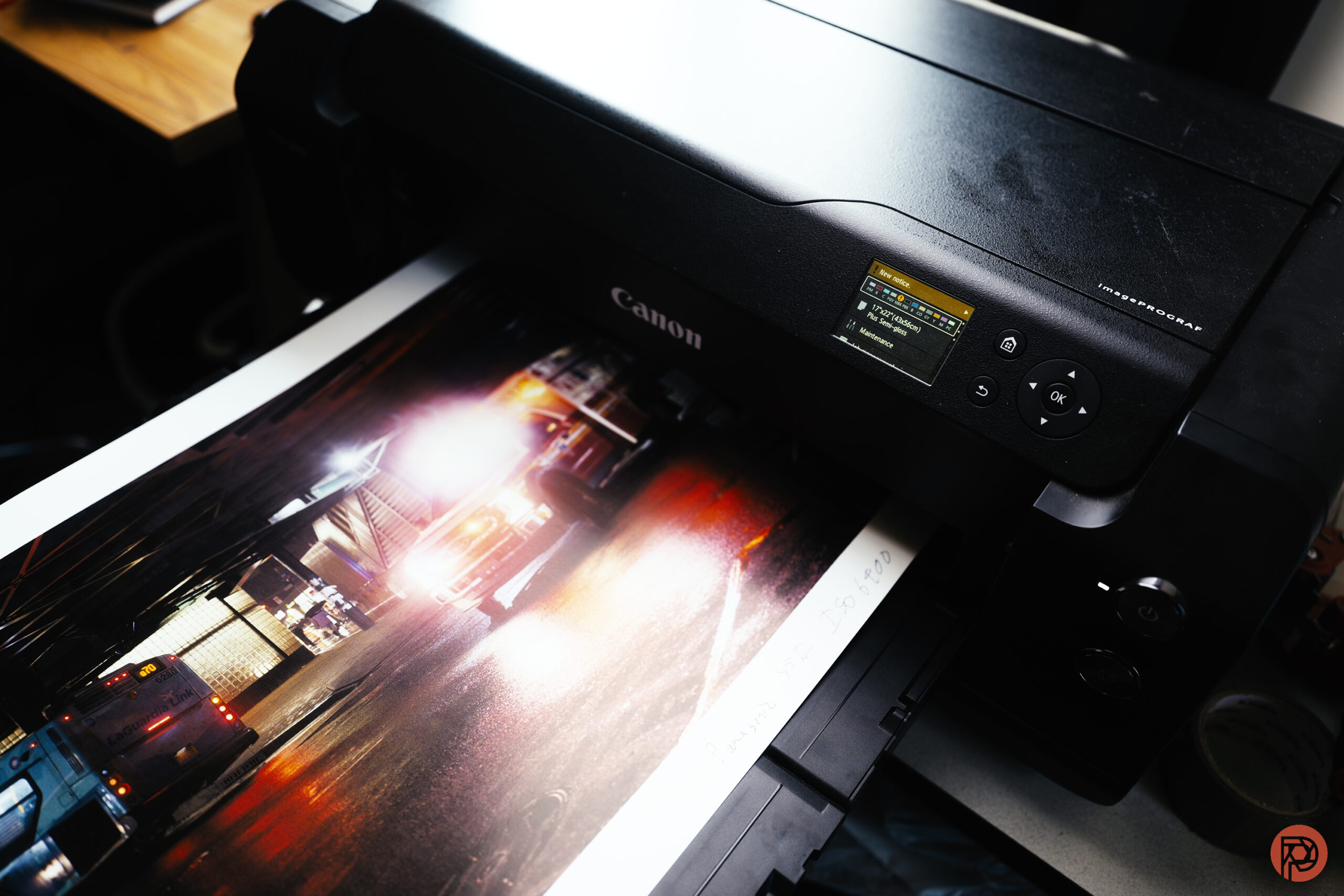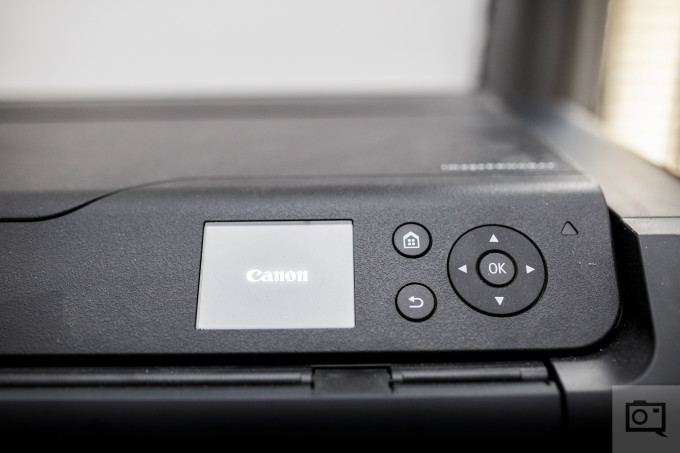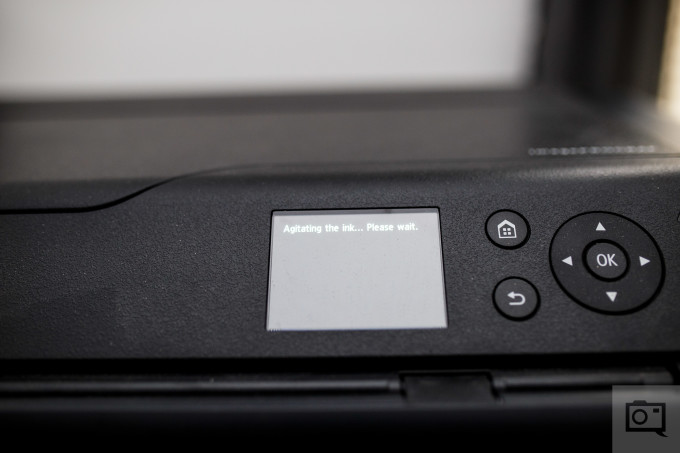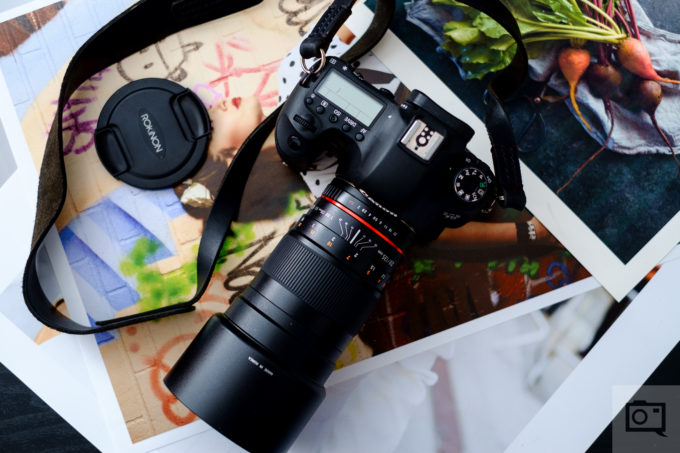There isn’t a single doubt in my mind that the Canon Prograf 1000 printer has to be one of the most versatile and best printers for photographers. It could possibly even be the single best one you can have in your home. Originally reviewed in 2016, the printer is still going very strong for us. In fact, we use it in nearly every camera test to see how the high ISO image quality output is. And below, we’re highlighting the changes that we’ve added to our Canon Prograf 1000 printer review.
Be sure to read the entire review to see the changes and findings. But here are the important changes we made since 2016. Want one? Check it out on Amazon.
Table of Contents
Gear Used
The Canon imagePROGRAF PRO-1000 printer was tested with Canon Photo Paper Pro Luster, the Canon 6D, and a MacBook Pro, including an iPhone 6s. Over the years, we’ve used it with nearly every camera that we’ve reviewed and done high-ISO testing with.
Update May 2023
The Phoblographer’s policies have changed since the original publication of this article. We are now much more transparent about the gear that we use. Canon allowed us to keep this printer. In fact, pretty much every brand lets us keep the printers we review because they’re so much of a hassle to move.
Since then, we’ve used it with nearly every camera that we’ve reviewed since 2016. It has printed out high ISO photos at 17×22 in the majority of cases at ISO 6400 and sometimes above that. At lower ISO settings, the Canon PROGRAF PRO-1000 Printer prints nearly flawless photos.
Build Quality
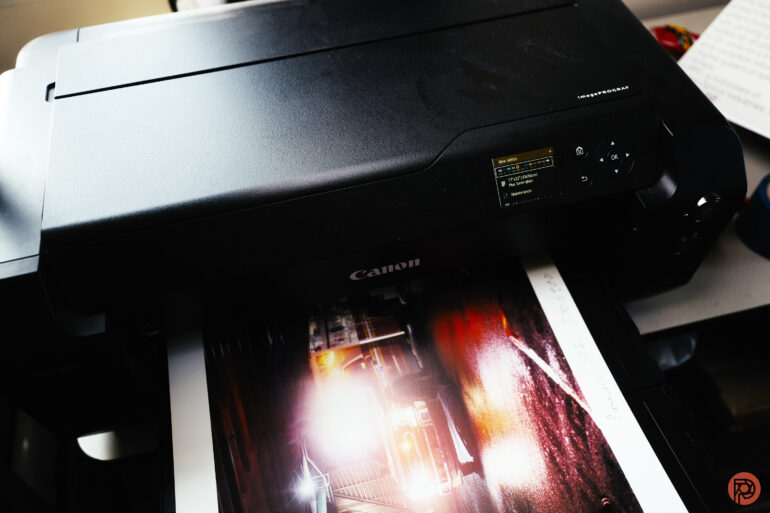
This is a heavy printer. When and if you’re going to move it, make sure that you’ve got a firm grip on it lest you lose hold and drop it. It’s also pretty big so you’ll need more space. Later on in the year, I’m getting a specific desk just for this and another printer to do tests on.
There is nothing about the build of this printer that feels cheap. However, a nice touch would have been the inclusion of a touch screen (pun not intended) to navigate the menu system. Epson has this, and it’s a very welcome addition.
Update May 2023
This printer came with me from my old apartment to my current one. When you want to move it, the menu contains options to assist with the process. Of course, you’re supposed to make sure that it’s in its most compact form. But the Canon PROGRAF PRO-1000 Printer also does things to preserve the ink and keep any other major moving parts as stable as possible. When I moved, I honestly was very concerned about this printer. And since then, I’ve moved it around my office twice.
The Canon PROGRAF PRO-1000 Printer continues to serve both the staff and I very well after so many years. In a time where I sometimes want to beat other printers in an Office Space style scene, this printer hasn’t let me down.
Ease of Use
For the most part, this is a plug-and-play printer. It’ll take a quite for it to set itself up but once it’s ready you’ll have no troubles really printing anything at all. To access most of the functions of the printer, you’ll need to use the direction arrows, the OK button, the home screen and the back button.
That’s if you’re working directly with the printer, though. I use Lightroom and print through there, so for the most part, I don’t have much of a problem doing any of this because I just go right to the Print section of the program.
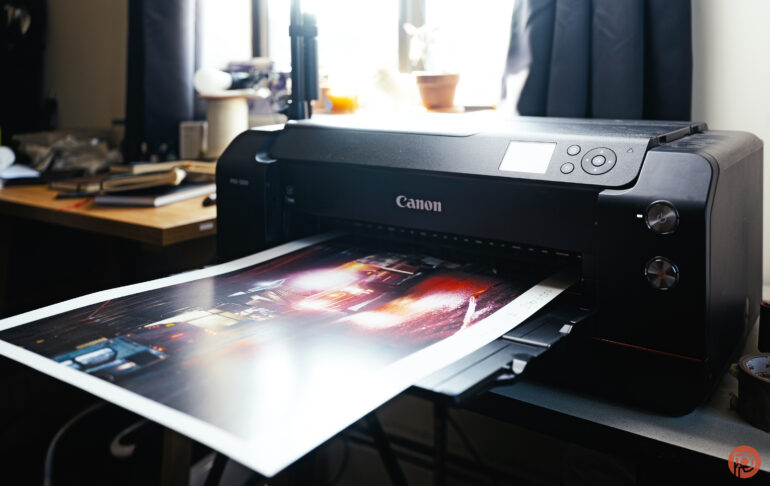
“For the most part” has a big emphasis in the previous paragraph. When you’re doing that, you’ll have to load the paper in, select the right paper size on the printer, go to Lightroom, adjust the parameters accordingly, and select the ICC profile you want (but it can also be managed by the printer) and then go for it. If you’re using something like Epson or Red River paper with a Canon printer, you may want to change it up a bit depending on the various features of the paper. But that’s up to you ultimately–though I’m sure the crowd that gets this printer will be a tad more meticulous about what they print out. This is also standard procedure with higher end printers and the whole thought process that goes into working with them.
When you’re doing this, make sure that you’re connected to the right wireless hot spot unless you’re hard connected via a cable. Unfortunately, if you change locations or hot spots, the printer won’t remember passwords.
Where this becomes awful to work with is:
- Using the WiFi in my apartment. Part of this is my fault as I switched from Time Warner to FiOS recently.
- Connecting to my Canon 6D. I have to create a new entry point every time since it can’t connect to an older entry point again for some odd reason because it doesn’t store passwords. This can really be a pain if you’re at a wedding, on a portrait set, etc. So if I print from the 6D, then I need to connect back to my apartment and input the password.
But otherwise, it’s not a major issue if you just leave it on the same WiFi router setup.
When printing from the 6D, you get a couple of weird sizes that don’t let you use the printer’s full potential. If you’re a wedding photographer at a wedding trying to sell prints on the spot, that could rob you of some extra potential cash. You’ll still be able to get some, but you won’t be able to take maximum advantage of what this printer offers. For that reason, I kind of feel that Canon is shooting itself in a foot in some ways–especially if you’ve got the “Get it right in camera” mentality!
I personally prefer to print one image at a time and get each one looking the best I can. Most pros will probably do the same thing. To that end, there may be a period of time where you don’t turn it on for a while. If you that’s the case, it will realize that and agitate the heck out of the ink to ensure that it prints the best it can. That’s a pretty cool feature.
Update May 2023
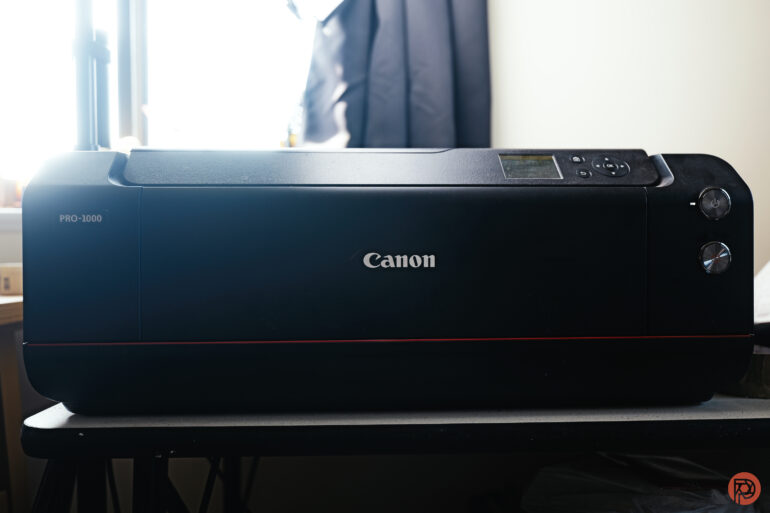
Since the original review of this printer, we haven’t bothered to try to print directly from the camera anymore. We instead do it from Capture One or Lightroom. It’s always been pretty solid and straightforward. Sometimes we run into issues with the paper not being straight, but the printer lets us know that, and we correct it. This is far better than some situations that we’ve run into with Epson in the past.
The printer has also received multiple firmware updates, which are done by turning on the printer and cycling through the menu. The updates are downloaded to the printer and then applied.
Here’s a listing of what’s changed with the Canon PROGRAF PRO-1000 Printer according to their notes:
[Ver.2.6]
– macOS Monterey (12) has been added as a supported OS.
– macOS Catalina (10.15) has been added as a supported OS.
– macOS Big Sur (11) has been added as a supported OS.
[v.2.5]
– Verious new functions are supported.
[Ver.2.4]
– Name of the tray at rear side has been changed.
[Ver.2.2]
– macOS Mojave (10.14) has been added as a supported OS.
– macOS High Sierra (10.13) has been added as a supported OS.
– Optimization of the specifications of Chroma Optimizer ink used in the auto maintenance.
[Ver.2.1]
– The following problem has been rectified.
Calibration from software is disabled.
– v10.11.6 and v10.12 has been added as a supported OS.
[Ver.2.0]
– “Head Replacement” menu is added on the operation panel menu.
– Some small failures are modified.
[Ver.1.1]
– ROM: The maximum printable height of custom paper size will be lengthened to 25.5-inch (647.70mm) with specifying in the printer driver.
[Ver.1.0]
– Cableless set-up failure on particular printers has been modified.
– Calculating formula of the necessary value for print cost aggregation with Accounting Manager has been revised.
Image Quality
If you’ve been reading Phoblographer for the past couple of months, you’ll have seen lots of product photos shot on paper prints. All of these prints were done with the Canon PROGRAF PRO-1000 Printer, with the exception of the one small food print–which is done by Epson’s P600. When it comes to working with Luster paper, I really have to give it to Canon. Though I may sometimes sound like an old snobby Canon customer, printing is what they’ve really got down to a T, in my opinion, in addition to many of their latest lenses.
I like it: in fact, I really like it! Whenever I’ve got an image that I’ve shot and that I really like, I’ll print it using this printer. For some odd reason though, I believe that this printer does Luster better. When I tried working with matte paper, I just didn’t feel the same magic. That is much opposed to what I get from Epson. Epson, I generally feel, gets it all around: though they’re not beating what Canon can do with luster here. To that end, Epson and matte prints go together very well. That could change, though, or maybe I’m just doing something wrong.
Update May 2023
As long as printer ink has been available, the Canon Prograf 1000 has never failed us. It’s far better than most Epson printers we’ve used and even outperforms HP printers. Lots of photographers complain about printers overall. However, this is the one that I’ve made the least complaints about, considering that you always keep it on.
I’ve talked to Canon reps that keep it on at night to agitate the ink. But I’ve never needed to do this. In fact, the prints are always great, and Canon’s menu system lets me know when things are really low.
Truly, after almost a decade of use, I can’t really complain here. The Canon Prograf 1000 has given me more value than some cameras and lenses have.


